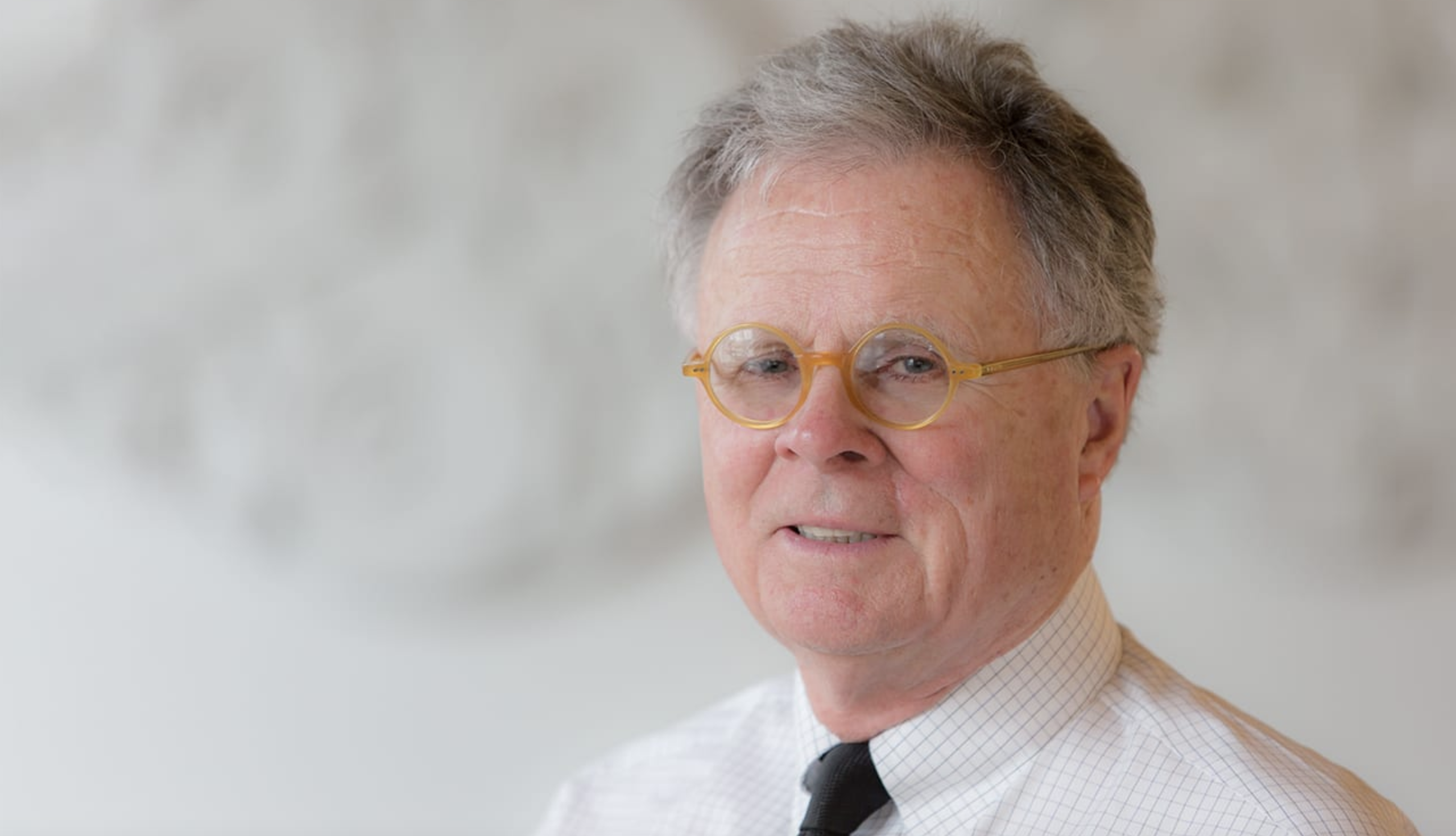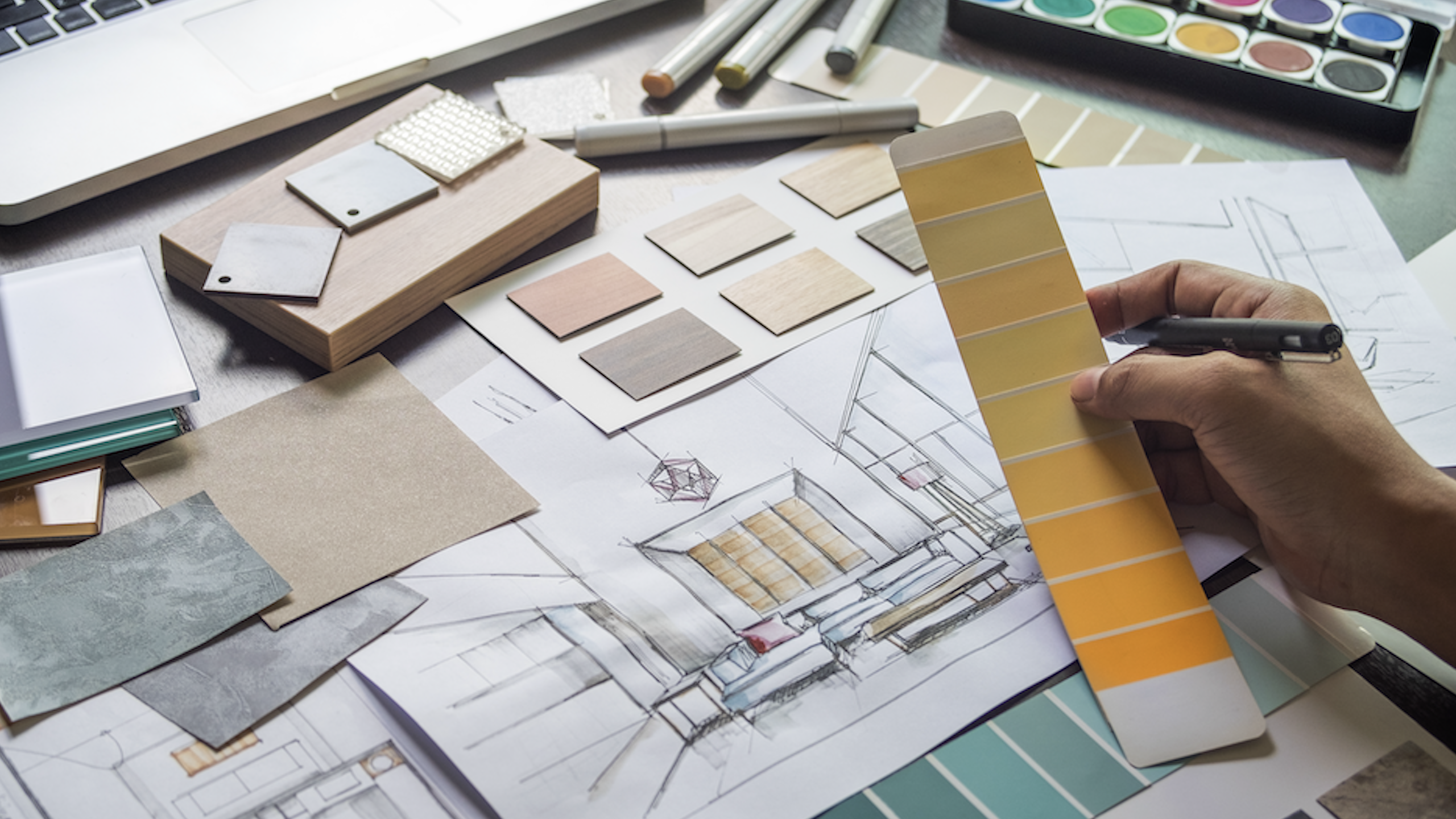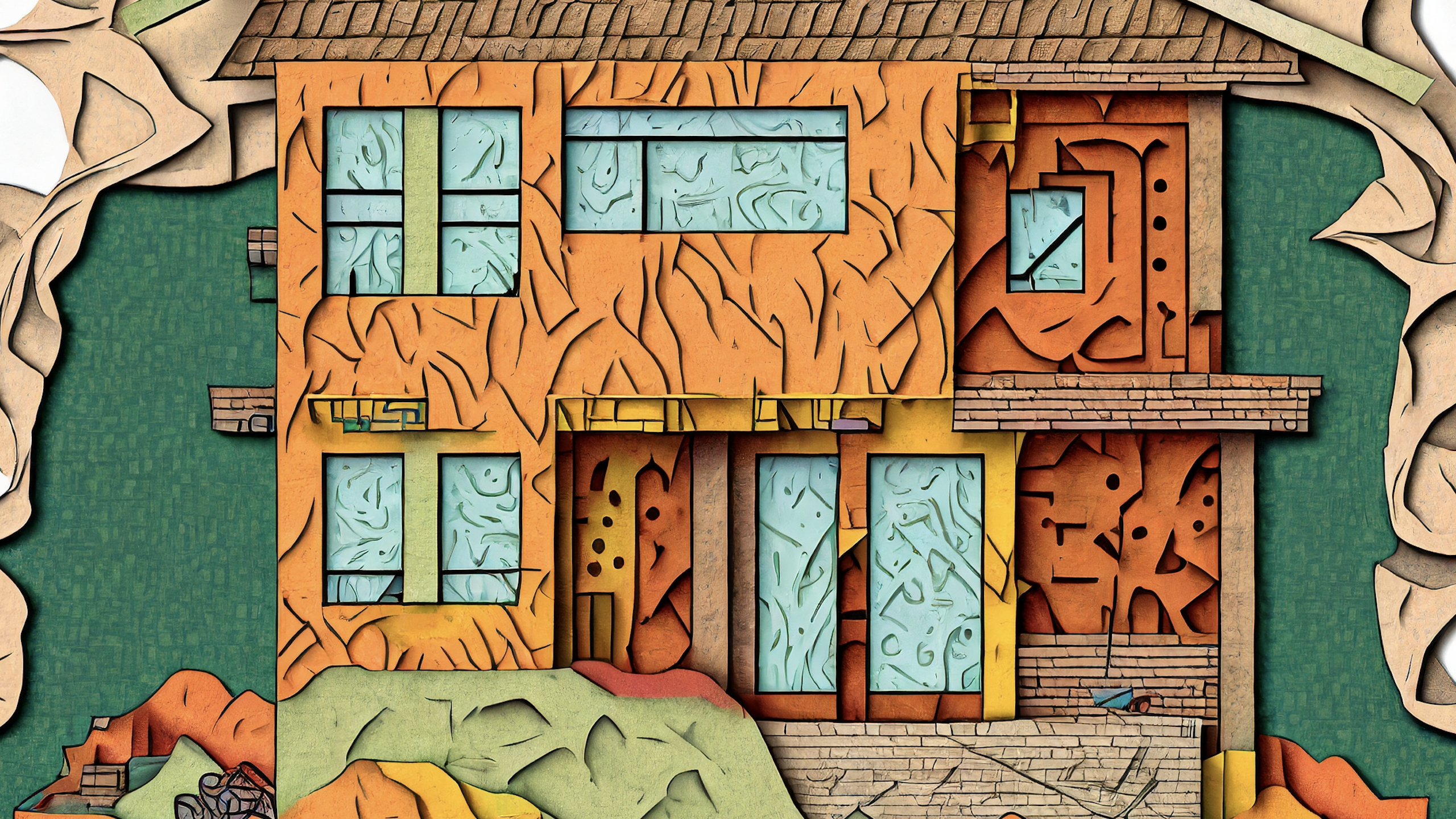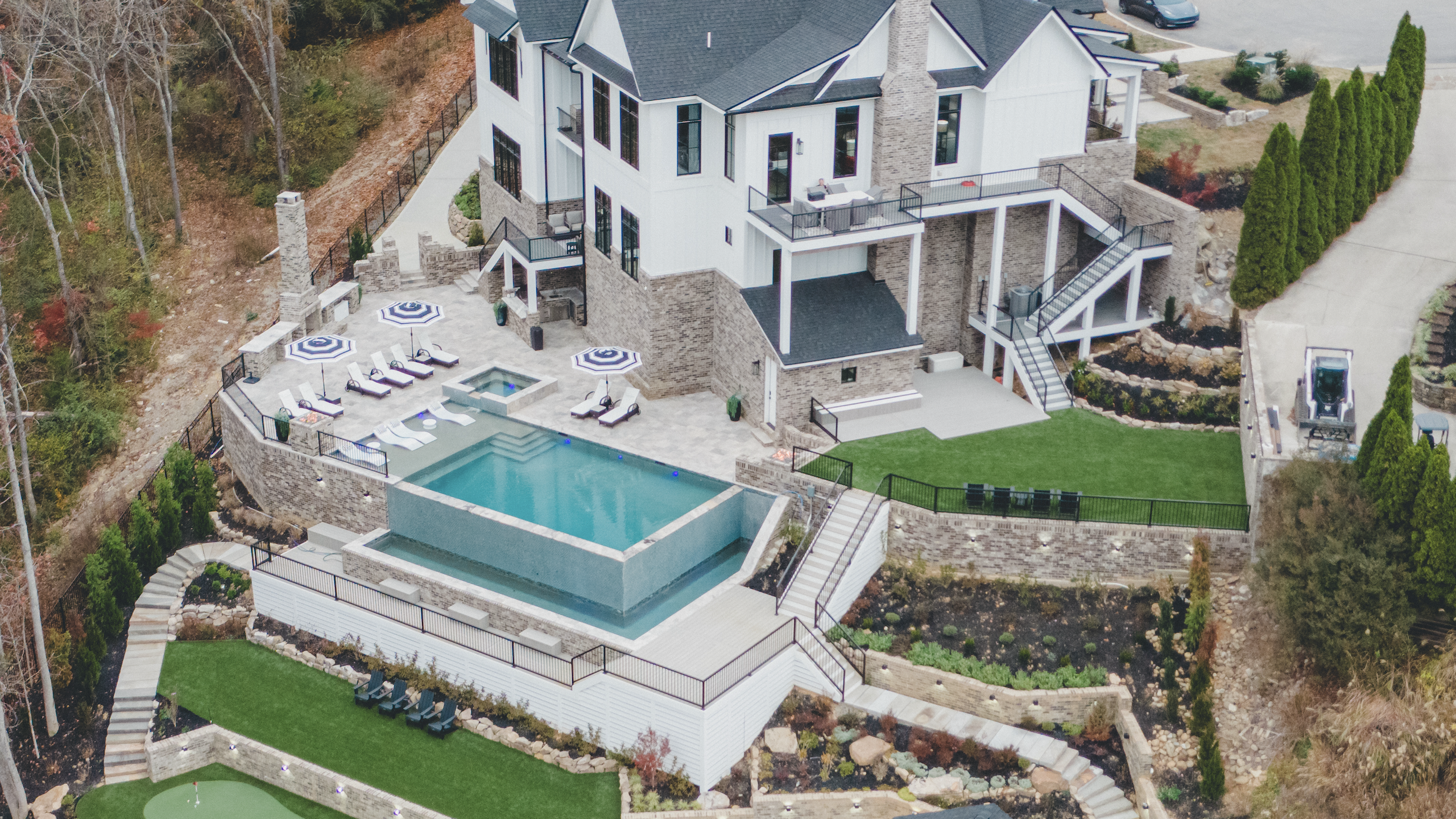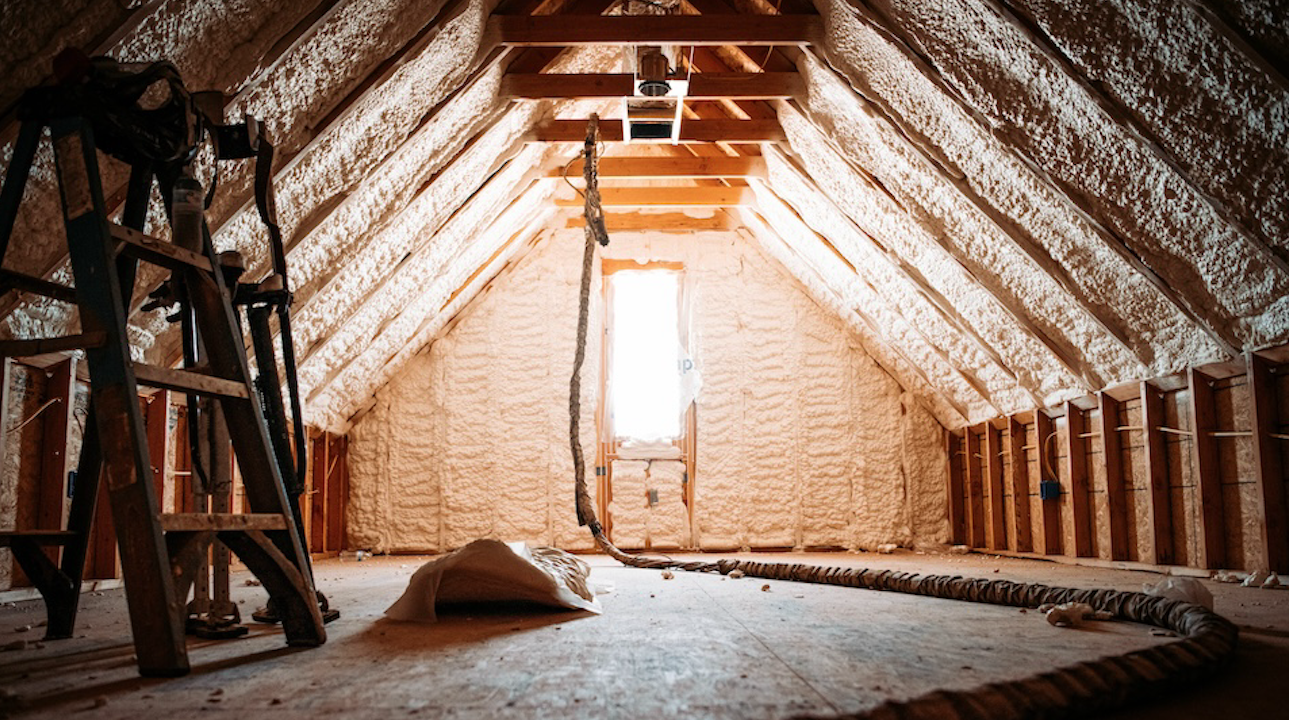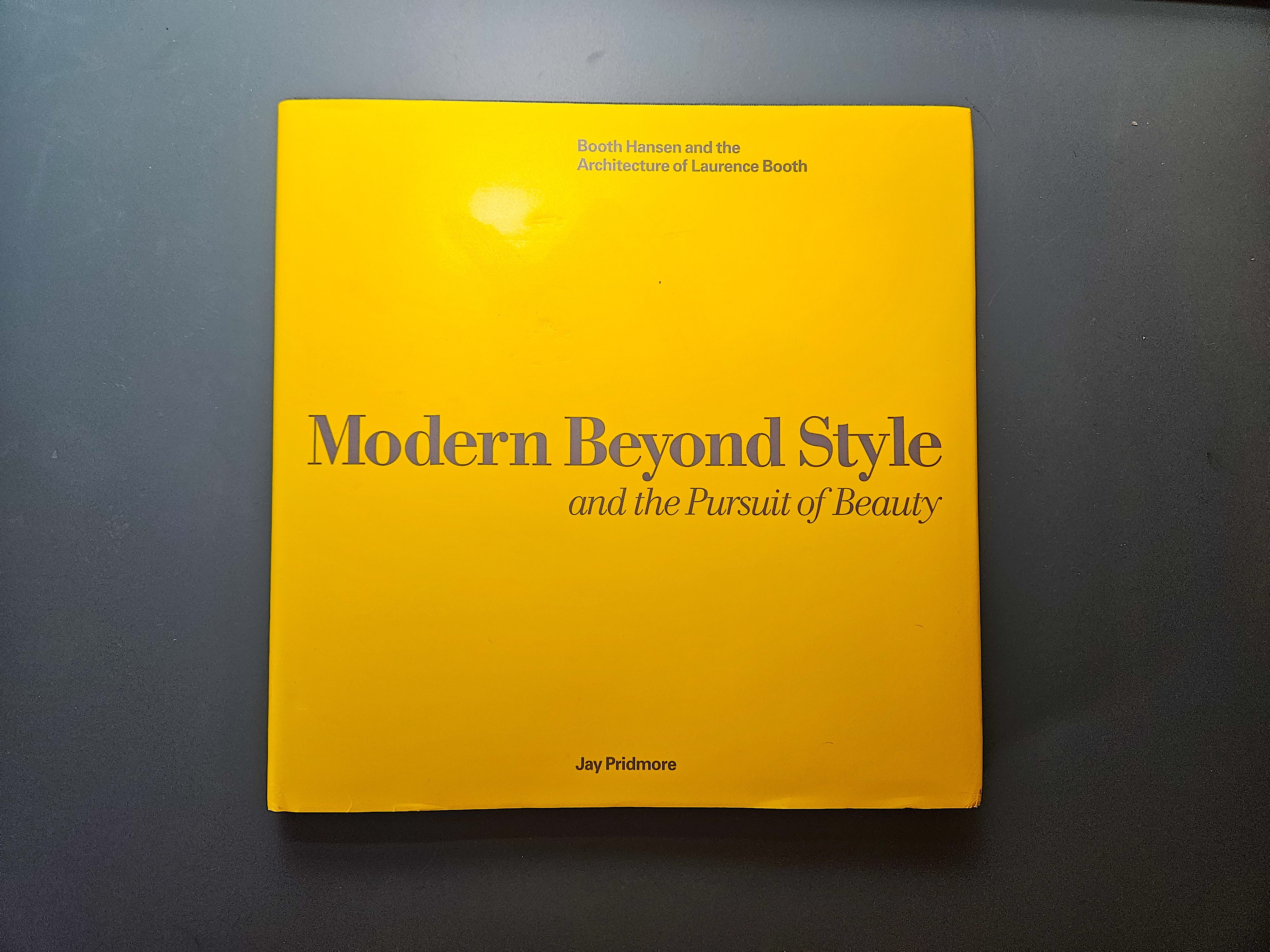 Laurence (Larry) Booth has been an influential figure in American architecture for nearly half a century. His career spans over fifty years and is filled with noteworthy projects and awards as well as degrees from MIT, Stanford, and Harvard, and a resume that includes being a fellow at the American Institute of Architects, an academician at The National Academy in New York, and a professor and the Richard C. Halpern/Rise International Distinguished Architect in Residence at Northwestern University, a role he holds to this day. One of the “Chicago Seven”—a group of seven Chicago-based architects, who in the ‘70s famously worked counter to the era’s preoccupation with modernism—Booth is perhaps most well known for founding Booth Hansen, a Chicago-based architecture firm that for more than forty years has produced buildings embodying his preference for beauty, humanism, and usefulness.
Laurence (Larry) Booth has been an influential figure in American architecture for nearly half a century. His career spans over fifty years and is filled with noteworthy projects and awards as well as degrees from MIT, Stanford, and Harvard, and a resume that includes being a fellow at the American Institute of Architects, an academician at The National Academy in New York, and a professor and the Richard C. Halpern/Rise International Distinguished Architect in Residence at Northwestern University, a role he holds to this day. One of the “Chicago Seven”—a group of seven Chicago-based architects, who in the ‘70s famously worked counter to the era’s preoccupation with modernism—Booth is perhaps most well known for founding Booth Hansen, a Chicago-based architecture firm that for more than forty years has produced buildings embodying his preference for beauty, humanism, and usefulness.
In celebration of Booth’s career, Booth Hansen and Chicago Seven Press, a publisher specializing in architecture books, has published Modern Beyond Style and the Pursuit of Beauty: Booth Hansen and the Architecture of Laurence Booth. We got a chance to look over a copy and subsequently sit down with Booth himself to dig into not just his career but the philosophy and processes that ultimately guided his work.
Custom Builder (CB): In the book, there is this great line about modernists and your time coming up as an architect. It reads, “Most modernists thought little of culture, almost nothing of the broad spirit of architecture. Beauty for its own sake was for sissies.” When I think of your architecture, I think poetry, beauty, humanism, and history. Coming up, was it tough to stick by your philosophy and your style when so many others were embracing modernism?
Larry Booth (LB): Not really. I actually got a lot of support. My friends in Chicago, we were all kind of disappointed with the way architecture was going, or at least disappointed with the prevailing attitude, which was what you just went over. But we weren't quite sure what needed to be done. So there was kind of hesitancy to say, well, that's not the only way to do it. I mean, (Stanley) Tigerman was more of that elk. He always liked to make strong verbal statements. But I was more comfortable doing it through just my architecture.
CB: You seem to have long lived by the belief that there are multiple approaches to architecture. I know, at least in your early Booth Hansen days, you would start projects by working up three alternative approaches to the project. I can see how that would be a really helpful exercise in keeping a creative edge to your thinking. I’m curious, how different were the options you’d provide, and how did you manage yours and your team’s time so you weren’t getting off schedule by coming up with multiple approaches?
LB: In fact, we still practice that today. Whenever we're looking at something, I always ask, “What else can you do?”
We were just working today on a project with different interior views and we had two options already. So, okay, what's the other way? What's the third way to do it? It isn't necessarily that you identify A, B, and C and design them down to the last detail. It's just an attitude. To always be thinking, “what are the alternatives?”
One of my cautions to people in this process is to not defend your work. You don’t have to. Criticize it. If you can, destroy it. That's good. But don’t defend it. Some people don't necessarily enjoy it, because they take it personally. And that's unfortunate.
CB: That being said, would you agree that in order to be a good architect, or at least one who’s able to grow, you need to learn humility?
LB: Humility is one of the great things that I aspire to. It's the obvious opposite of Frank Lloyd Wright, who had a sort of proud arrogance. Simple humility. I learned that from Kenzō Tange. There's a picture of him in the book. He was a great guy and would always say, “Oh, this could be very interesting.” And then add, “What is it you're trying to do?” Very simple.
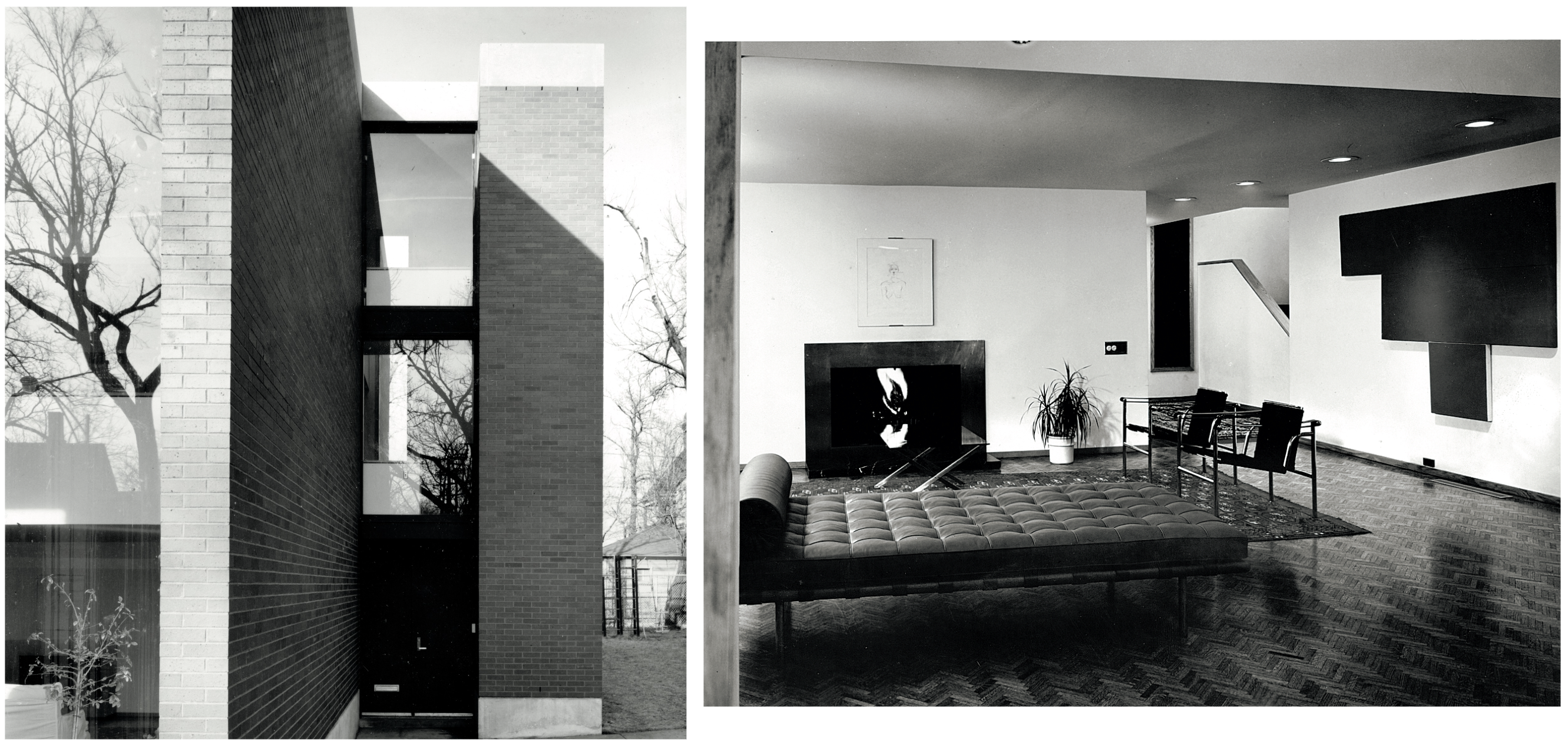
The Barglow House, built in Chicago’s South Side, relied on a limited material palette, unique geometry, and craftsmanship. On the exterior, brick piers provided strength and plate glass gave a sense of openness, while parquet floors, an open staircase, and plenty of wall space for large works of art defined the interior.
Philip Turner, Booth Hansen
CB: That's a good segue: “What is it you’re trying to do?” I know determining the goals for a project early on has also long been part of your process. As I understand it, you list out the goals for a project and then start developing the structure of a plan to meet those goals, incorporating other elements along the way. I believe it’s something you picked up from a marketer. I’m guessing that part of the planning is very collaborative, as I know much of your process is. Can you describe what that collaboration is like?
LB: So, yeah, I actually did pick that up from an advertising guy. But to answer your questions, we are collaborative but only to a point. As the firm got bigger, more and more people started getting involved in the process and I learned it's hard to collaborate with five or six people. It's hard to move things along if you want to keep a project going, which you have to do. So how do you collaborate and keep things moving and make sure you don't miss any of the really good ideas?
I've figured out that it's best to collaborate with one other person. It’ll usually be me and the project architect. And as we need people to help, we’ll bring them in.
I also teach at Northwestern University and we’ve found that to be the case with students, as well. When we set up teams of three or four, it got to be that the politics became too complicated. Whereas a team of two works well and you get good results. We’ve built a sort of compass with unique points that helps guide our process, and “collaboration” is one those points.
Another that's particularly applicable here is “dialogue.” You have to just keep talking. You know, you can argue. You can say, “No, we should do this.” You can be fierce about it. But you can’t take it personally, because it's not that serious. There are so many different ways to do things. And with good discussions, it’s surprising how fast agreements come to the actual issue. If you put three drawings up, you never have arguments about, “Hey, this drawing is better than that drawing.” You don't have those arguments. The arguments you have are more like, “who's going to do the drawings?”
CB: When you're developing those alternatives and being collaborative, do you allow clients in on that process? I’m thinking specifically of residential projects, as the clients have such a high stake in the ultimate outcome. Do you collaborate with your team and then present to the client and incorporate their feedback, or is it something else?
CB: It's the reverse.
The first thing I say to the client is, “It’s your house, not mine. So you have to be part of this process if you want to get your house.” And if they’re going to be part of the process, I tell them that they first need to know what they want.
It's kind of the hardest thing for them.
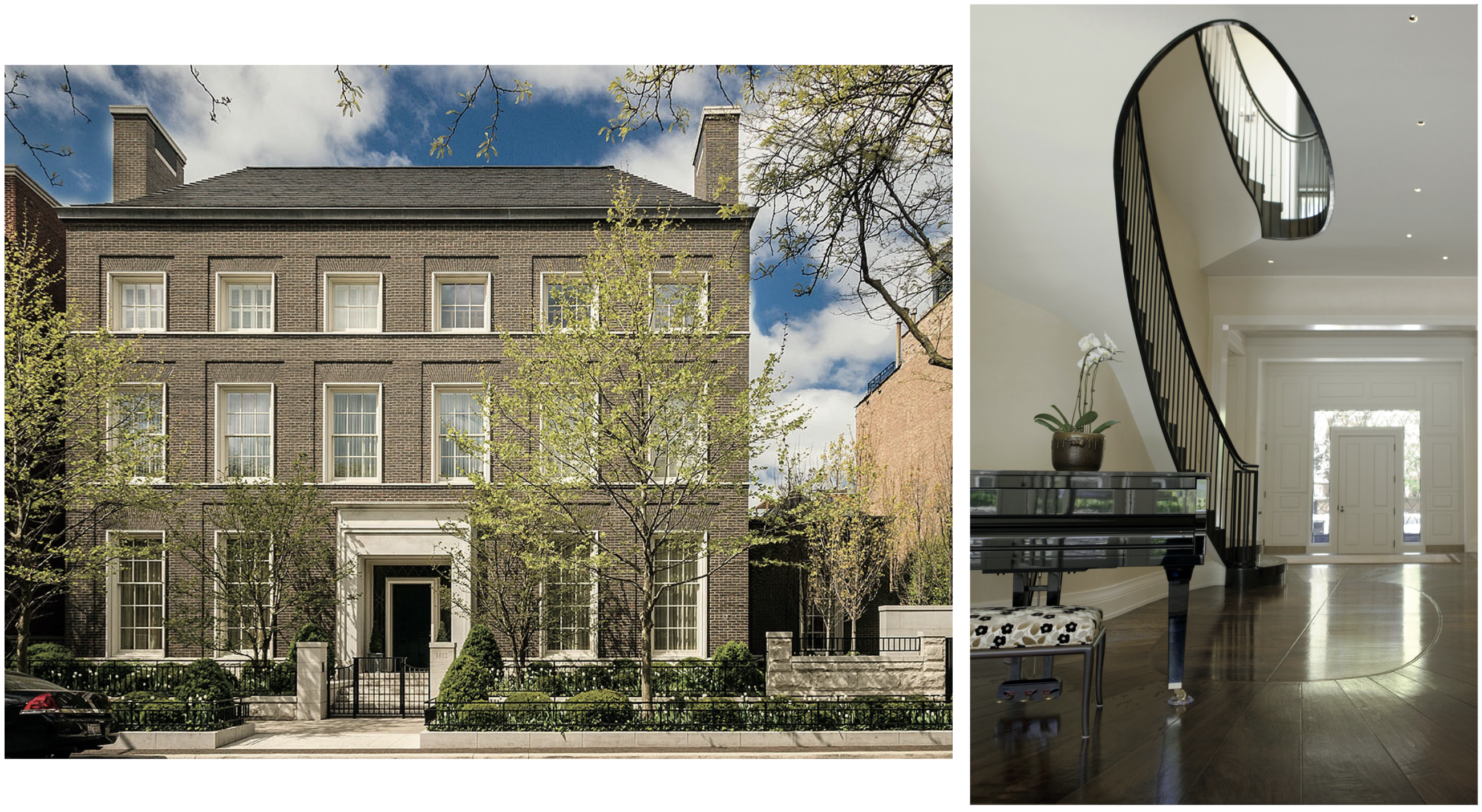
The Mohawk Street Residence was built in the Georgian style of architecture, but as it was used in Ireland (which is to say more modestly). The book reads, “Irish Georgian elements of this home include centered entry and unadorned, slightly recessed windows. The buff brick is neutral in color, in deference to the Irish model and also to this once-working class neighborhood.”
Michelle Litvin (right), Bruce Van Inwegen (left), Booth Hansen
CB: Have you found any tricks to teasing that information out of people?
LB: When you were in grade school, when you had to write a paper, you took these little three by five cards and wrote your ideas down. Gradually, you build up a whole bunch of cards that you could move in different ways to relate to each other in different ways. We have clients do the same thing for their house, and it’s worked really well.
We treat each card like a room or a space, and have them write down what they want in it. Like a kitchen, they might want an island, or maybe don't want an island, or they want two islands, or a pantry, a red sink, a black sink, or one of those big French stoves. I tell them, “Whatever you want, write it down on one of these cards.” The cards are nice because it's not threatening and is easy to look at.
So we have all these cards and what we do is draw what is on them. So they’ve described a kitchen with an island and pantry, and whatnot. So we draw that just by itself. And then the first meeting after that is we look at the drawings: Here's the kitchen, here's how big it is, etc. And we add up all the little drawings and we say, “Well, you got yourself about a 6,000-square-foot house, but you've got about a 3,000-square-foot budget.” And that’s when you really begin to engage the client.
So you've got to be respectful of the fact that it’s the client’s values and money that’s on the line, and you want to make sure that you help them get what they want. But if what they want isn’t feasible, you’ve got to say, “Okay, wait a minute. Let’s see what we can trim down and how we can get things more to your budget.” The client is central to this whole process.
CB: When you believe a client is maybe leading you down a pretty tough design road, is that something you're willing to be frank about? Will you say something like, “We'll do it the way you'd like, but it's going to turn out not as great as we think it could be”?
LB: Well, we have a client right now who has sort of taken this to the extreme right now. We’ll have three hour meetings and she does all the talking. And the house that she's gonna get is unfortunately not as great as it could be, because she's steered it so much. And yeah, I told her that directly.
I said, “I don't think this is that good.” One case in point: She's out in this beautiful countryside and the living room has these small windows. I mean, “small” as in three feet by eight feet. But they'd be much better five feet by eight feet. And I told her that several times. I said, “Look, you're not going to see as much of this beautiful countryside that you've driven two hours from your house to come to. You're cutting it off.” And that is just one of a few examples.
Ultimately, I tested her. I said, “Well, we just can't do that.” I just wanted to see where this would lead. And she didn't back down at all. We were so far along, we couldn't just quit. So now she’s going to end up with something that could have been a lot better.
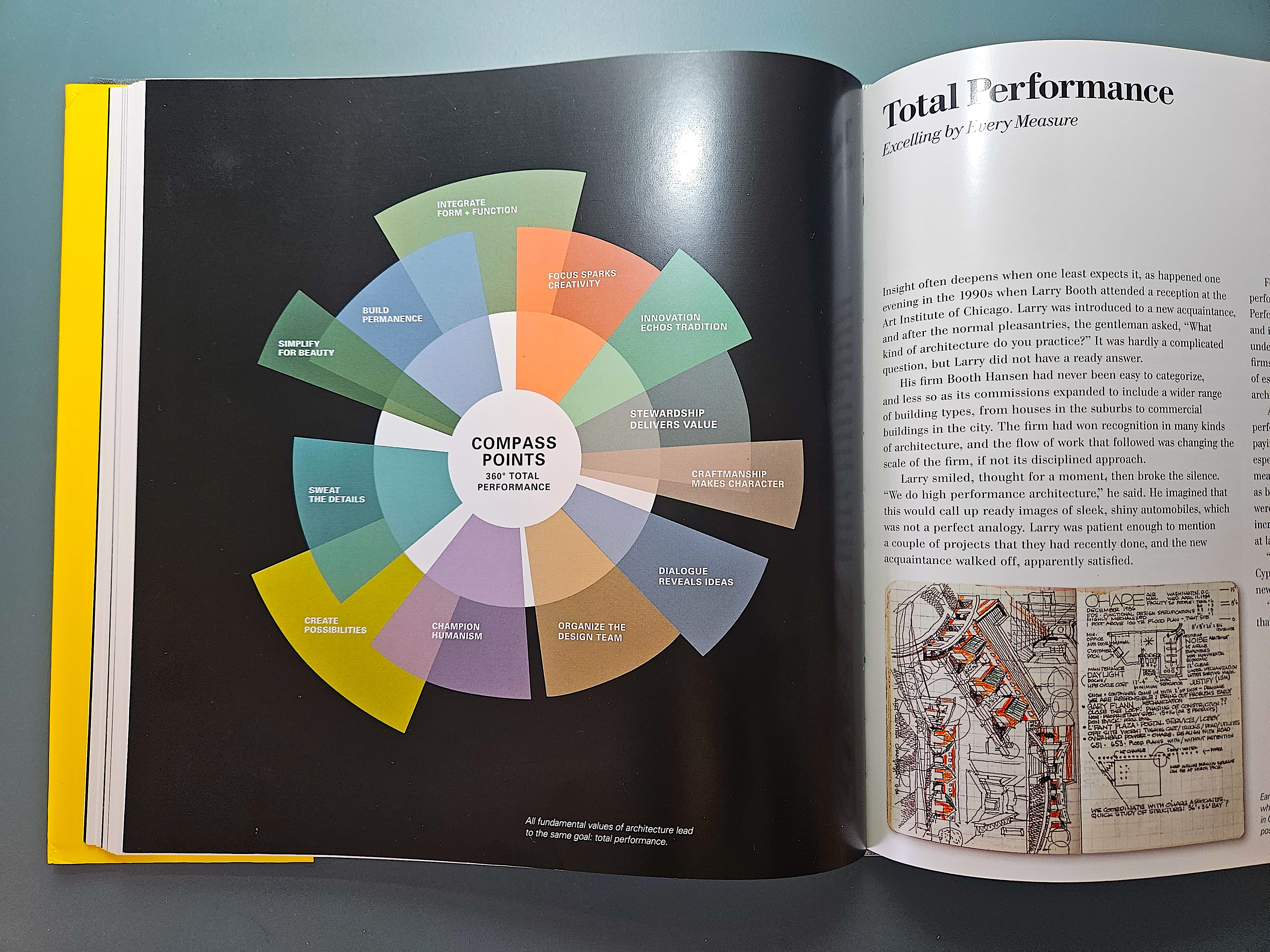
In refining his process, Booth ultimately developed his compass points, which he now uses to achieve, as he puts it, “total performance.” In the book, the ideal result of following the compass is described as “a work of art as beautiful as if it could have been designed in no other way than that which was created by a team which remains focused together and in concert.”
CB: One thing that you brought up that I really wanted to talk about was your compass, which has become crucial to your design process. The way that it's laid out in the book shows it as a sort of deconstructed pie graph, with different sized slices that are spaced apart, and some that are even overlapping. Could you walk us through how to best read or understand the compass as a whole?
LB: If you think of architecture or this project as a trip, it's good to know where you're starting out. So, imagine there's a circle with all the possibilities. You're going to operate within this circle. You're going to go from one point, the beginning point, where you are now, where you don't know a lot about the building, and you're going to arrive at a destination that's somewhere on this circle.
Now, where do you start? Ludwig Mies van der Rohe started close to the edge. In other words, he defined his work in a very narrow range. He’d find a place on the circle and say, “You know, I like this area here. I'm going to work in that area.” I believe you should start in the middle, the dead center. It means you're equal distance from all of the possibilities. You can do anything. The whole world is your oyster. You've got free will. And so start in the middle and look around.
The idea is you start off with your three ideas, and they are as disparate as they can be. And you move in some direction and get to a certain point where you've done some concepts and you've learned certain things about what the client wants. And then you go from concept phase to schematic phase, where you start really drawing it. And you might change directions, and your initial three points might get a little closer together because you know a little more, and you might move to another segment of the circle that, now that you've known a little more, seems more desirable.
The point is, you move in different directions, learning more as you work, bringing your ideas closer to a singular vision, before moving into the more rational parts of the process, where you’re signing construction documents, producing working drawings, and getting into the actual construction.
CB: There’s certain points on the compass I’d like to draw specific attention to. One is “Champion Humanism,” which is something that you've talked about a lot in your work. How do you define that as a concept, and what does it kind of look like in application? What does it look like in the actual architecture?
LB: Let's just say that we have this kitchen design—you've got to think about what it's like to stand in front of the kitchen sink. That's what I mean by champion humanism. What do you see? What is your experience? What does it feel like to be in the design and actually have to wash dishes? Think about where a table can go so that everybody sitting at it has a decent view. So you don't have half the people at a table looking into a blank wall and the other half looking at some incredible vista.
You have to think from a specific experience.
CB: Some of these new technologies that architects and builders are using: 3D renderings and virtual reality, where you can explore an unbuilt space as though it were built. Have you and your team incorporated any of that?
LB: As much as possible. It helps a lot. You can just show a person to help them understand a design, because the renderings are almost photographic now. And new architects and designers have grown up with computers. I teach at Northwestern—for third year civil engineers, it takes six hours of class for them to be able to do near professional-level photographic renderings.
CB: Another point in your compass that stood out to me was “Innovation Echoes Tradition,” which, I’ve gathered from your work, refers to design elements or fundamentals that have stood the test of time. With that in mind, is there a sort of favored style or architectural period from which you tend to draw inspiration?
LB: Oh, yeah, definitely. Besides the big Chicago architects—you know, Louis Sullivan, Wright, Daniel Burnham, and Mies—who were fantastic, I like Filippo Brunelleschi and Andrea Palladio. Somebody said to me once that Palladio is part of the past, but I found Palladio as part of my present.
I've been to all of Palladio’s villas, and I've walked through them. I've experienced what he was trying to do, and a lot of it has to do with proportion, which came from The Renaissance through the Romans and the Greeks. And with proportion we get into, what is beauty? Beauty is proportion, and rhythm and harmony.
CB: So you believe there are universal characteristics of beauty?
LB: Yes. It has to be balanced. Balance and harmony. Proportion and rhythm. That's why Mozart still sounds good and people still play it. And that's why some of the older buildings really look good, like John Root's Monadnock building or the Rookery, Burnham and Root’s building in Chicago. Those are great buildings, period. They don't depend on time or popularity, or trends, or anything like that. They're just plain beautiful.
CB: Freedom to explore new ideas and try new things has been pretty key to your architectural success, and as such, I assume is a part of how you educate your architectural students.
LB: Yes.
CB: Do you see that sentiment echoed in the broader scope of architectural education, or do you find that the rigid thinking of “form follows function” and the prevalence of large scale, production building has made it tougher for young architects to think as creatively or freely?
LB: Well, that whole idea of form follows function, I'm not sure Sullivan meant exactly what it's turned out to become. I know his partner, David Adler, tried to straighten him out. Adler wrote an addenda in some article trying to straighten Sullivan out, saying that form and function were more complicated than that.
Form has nothing to do with function. It's like hockey and baseball. Form is one thing and it depends upon your eyeball. For example, if there were three squares on the wall and one of them was a perfect square and the other two were a little bit off. We would all agree, “Yeah, there's the perfect square.” There's no question about that because our eyesight is designed to be able to do that. Our whole visual system, the brain going back to the cerebral cortex and how this information is processed allows us to pick a perfect square from a not perfect square. Or if a painting is hung crooked on a wall. There’s no argument about it being crooked or not.
We are designed to see certain things a certain way. And that's why beauty is not something that you can argue about. It's something you can only pursue. You can't define it, you can't own it, you can't control it. It's not something, like wealth, where you can accumulate it. All you can do is pursue it.
CB: For my final question, I want to ask you about the future of architecture. As it relates to style, beauty, form, function, however you want to see it, where do you see the most hope in architecture and where do you see the most peril?
LB: You mentioned the visual tools before. We’re now able to show plans in a very photographic and pretty precise way. So now you don’t have to just say, “okay, here are three different ways we can do this.” Now you can have clients look at the three different way and simply ask, “Which one do you like?” The tools we have can prevent a lot of unfortunate outcomes. I think the other thing is learning: learning from the past, from tradition.
Innovation should echo tradition. Our parents weren't stupid. Their parents weren't stupid. And going much much farther back, many, many smart people have built buildings. It’s a mistake not to learn from them and respect what they did. It’s what’s insane about modernists, that they try to say the past is obsolete, to stay away from the past, that the only new and unique things were things that hadn't been seen before. Maybe there's a good reason they were never seen.
Related Stories
Custom Builder
HUD Secretary Marcia Fudge Announces Forthcoming Resignation
U.S. Department of Housing and Urban Development Secretary Marcia Fudge has said that she intends to leave office later this month
Custom Builder
Why Start a Custom Building Business?
In this Taking Care of Business segment, expert coach and trainer Scott Beebe joins our host Duane Johns to talk about where custom builders could be getting off on the wrong foot
Business
Custom Builder to Talk Color Design with Becki Owens at IBS
At this year's IBS, renowned designer Becki Owens will sit down with host James McClister, editor of Custom Builder, to discuss a variety of topics from basic color play in design to the Allura Spectrum palette, a collection of Sherwin-Williams colors curated for the benefit of pros
Business
PERC Highlights Sustainability and Efficiency at IBS with 'Clean Build Conversations'
Hear from industry standouts Matt Blashaw and Anthony Carrino at this hour-long Show Village event
Business
The Five Foundational Cornerstones
Business coach Scott Beebe shares insights into the often ignored business basics that could be the difference between long-term success and failure
Custom Builder
Start With the Why: Fundamentals of the Custom Builder Business
In our inaugural episode of Taking Care of Business, host and custom builder Duane Johns sits down with Scott Beebe, head coach and founder of My Business on Purpose, to talk vision, purpose, mission, values, and more
Business
Why AI Is Now Key to Our Trade Partner Strategy
Thompson Custom Homes Business Manager Erin Day explains how AI became a crucial part of building and maintaining successful trade partner relationships
Business
Defining Outdoor Living in 2024
Residential experts weigh in on outdoor living trends in new report
Business
Thriving in 2024: Tips for Succeeding in an Uncertain Environment
Author and sales expert Mark Richardson shares his insights on the industry and how to rethink your approach to success in the new year
Business
Taking Advantage of Incentives Through Weatherization
Industry insider Kristen Lewis walks us through the basics and benefits of weatherization



